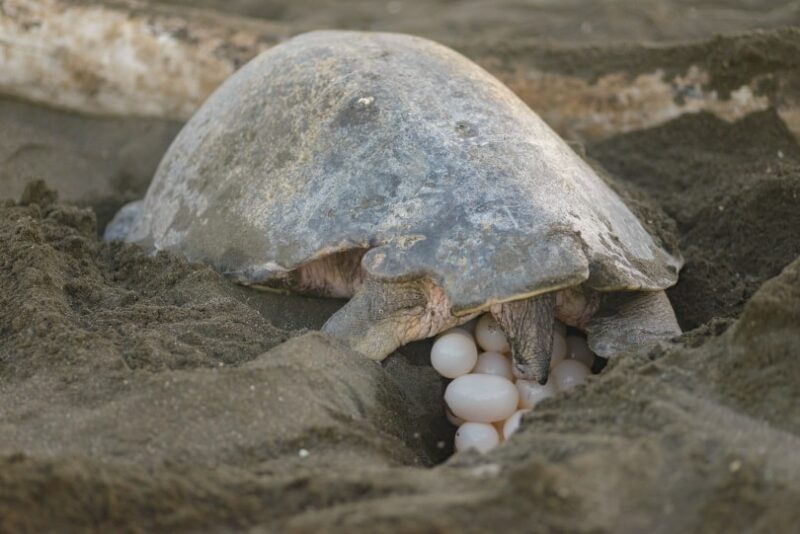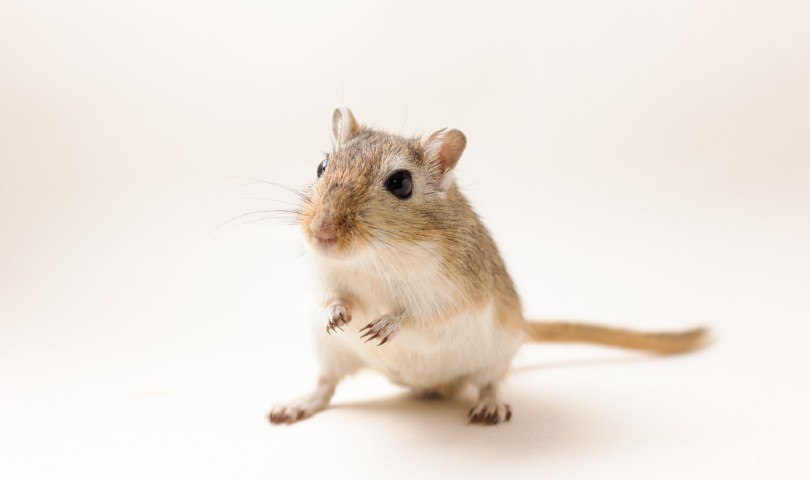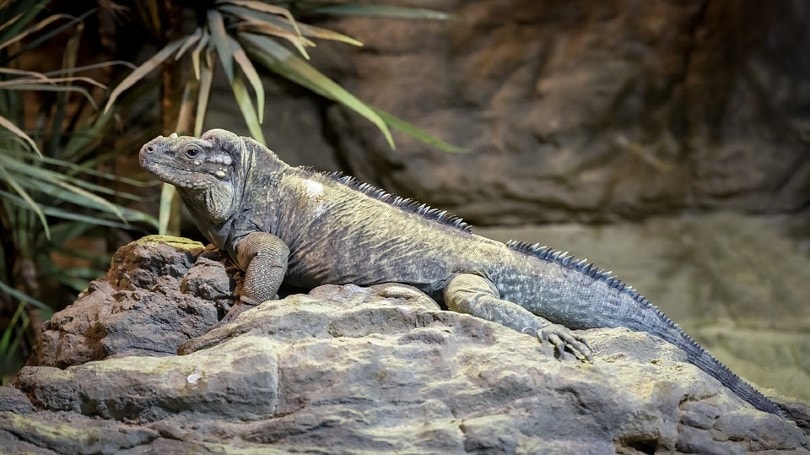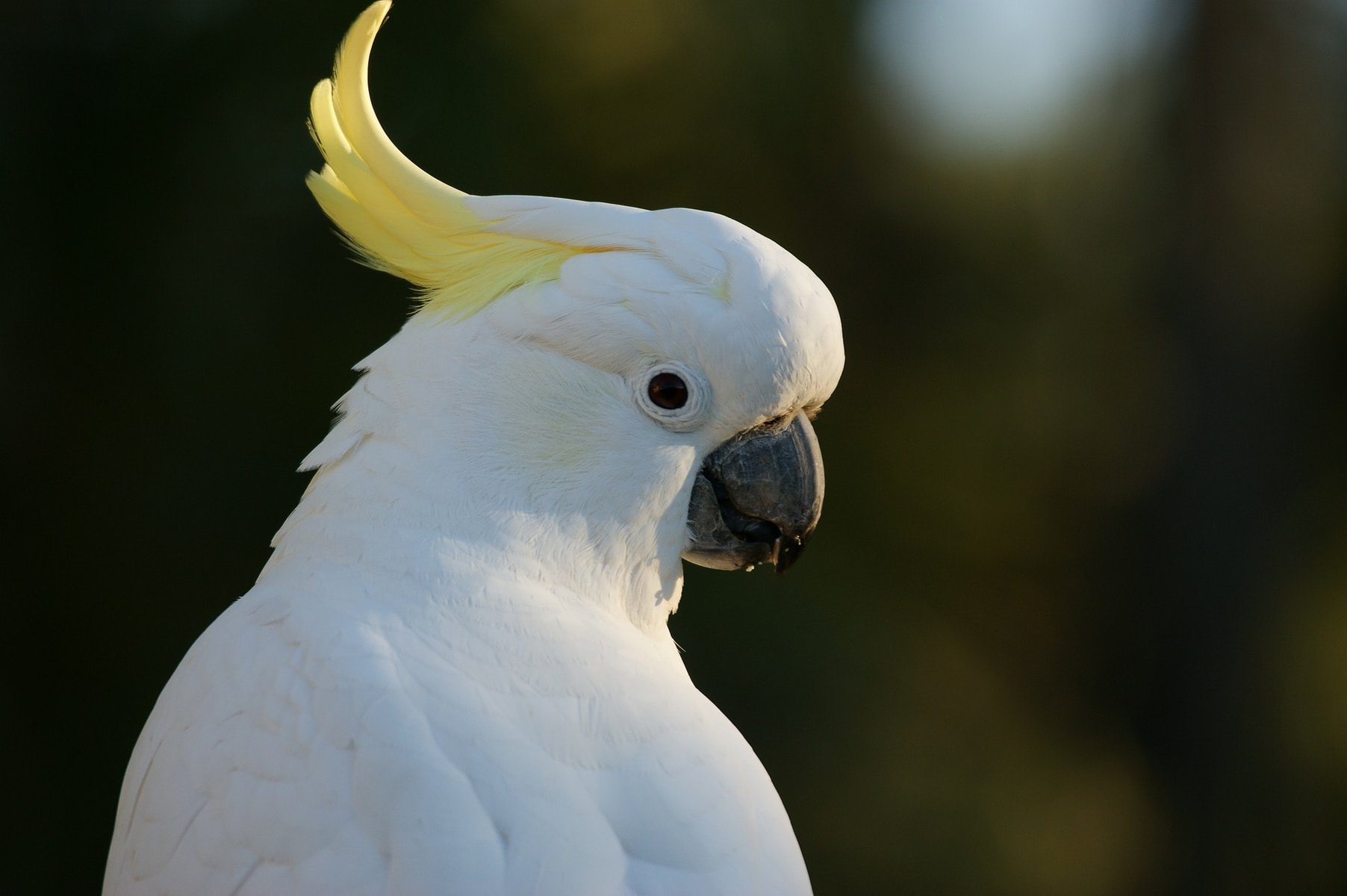VET APPROVED

The information is current and up-to-date in accordance with the latest veterinarian research.
Learn more »Click to Skip Ahead
Turtles are reptiles, just like snakes and lizards. But what sets them apart is the anatomical feature they’re best known for: their shells. You may know that some turtle species (specifically the sea turtles) stay in the water most of the time, but they lay their eggs in nests that they dig on land, on sandy beaches.
It’s hard to locate these nests, though. These creatures secure them deep in the sand and hide their locations by covering the nests with soil.
Here’s what else you should know about a turtle’s nesting process.

Where Can You Find Nesting Sites?
Sea turtles nest in the sand, while freshwater turtles (also known as terrapins) build nests in the dirt or along river banks, ponds, or swamps. Pet turtles require their owners to provide an area with a secure shelter and soft soil for the female to lay eggs. You can create this site within an already-established outdoor pen.
Interestingly, nesting female sea turtles can travel up to 2 miles (once on a beach) to find their preferred nesting sites. They usually have specific nesting spots that they return to whenever they are preparing to nest. Turtles also nest at night to make it difficult for predators to find the nests. A female turtle can dig several holes, only to abandon them. However, she may continue digging new pits using all her hind flippers for several nights until she finds the one with the right conditions for laying.
It’s also rare for a female turtle to “put all her eggs in one basket” – she often deposits only a few eggs in one nest, covers it, and then proceeds to dig another nest or use another location. It is thought that she does this to circumvent a total loss of young turtles in case one nesting site is compromised.
The nests of freshwater turtles are often found in marshes, forests, and woodlands (depending on the species). These nests are often made near (but not in) bodies of water.
What Do Turtle Nests Look Like in the Wild?
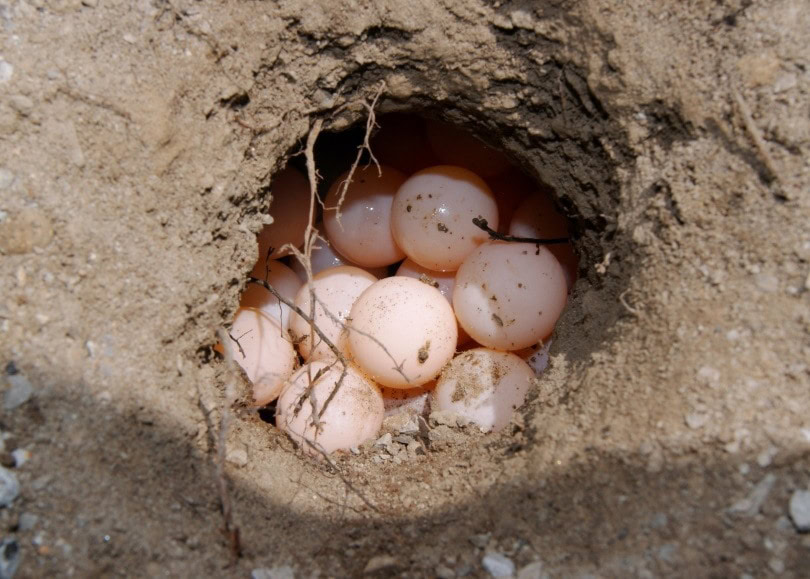
The hole, which is the nesting site, is usually flask-shaped and big enough for the turtle to lay and bury her eggs. Nest depth varies with species and turtle size. It also depends on how far the female can reach with her flippers.
After the mother turtle finishes laying, she covers the hole with soil to conceal the location from predators using both her hind legs and her front flippers. She then spends the night under cover near the site or may decide to go back “home” to the sea.
The female doesn’t attend to the nesting site once she’s done laying; for her, the nesting is complete. Instead, the eggs and the hatchlings fend and locate the sea for themselves.
A similar process occurs for freshwater turtles, with the notable exception that they lack front flippers. They too do not fend for their young. However, perhaps most interesting is that freshwater turtles are very attuned to their environment. If they’re captured and removed from their natural environment, they often obsessively spend all their time and energy attempting to escape to return to the same place they were displaced from. They can even do this until they eventually perish.
How Many Eggs Do Turtles Lay?
The clutch, or the number of eggs in a nest, varies with species. Plus, these reptiles may lay more than one clutch during a nesting season, so it’s hard to determine the exact number they can lay.
However, turtles lay an average of 110 eggs in a nest. They also make between two to eight nests in a season. Flatback turtles lay the tiniest clutch, only up to 50 eggs each. Conversely, the Hawkbill species lays the most oversized clutch, sometimes over 200 eggs in a nest.
Turtle eggs incubate for approximately 2 to 3 months until they hatch.
- See also: Can Pet Turtles Live With Fish?
What Do Turtle Eggs Look Like?
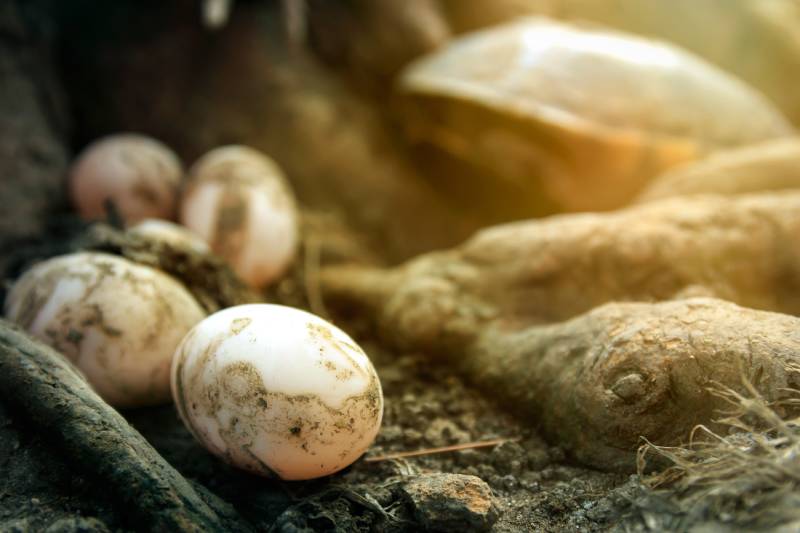
Turtle eggs are usually tiny, resembling golf balls in size and shape but with soft shells. They are also spherical, though they can be misshaped (elongated or adjoined with calcium strands).
Is It Okay to Move Turtle Eggs?
Turtles lay eggs in “unnatural” places sometimes. You can even find them in front of your house, especially if you live by the beach. One important thing you should know about turtle eggs is that they have a naturally low mortality rate. Adult turtles also have an extremely low mortality rate, as long as human activities don’t disrupt them.
The egg mortality rate only becomes a cause of concern when human activities, roads, and development disrupt the nests or otherwise indirectly cause high adult turtle mortality rates. However, it’s still vital to ensure that turtle eggs survive until they hatch, even if they do well by themselves. This doesn’t mean that you should handle them or move them to safety, though! The eggs may fail to develop if you don’t orient them correctly after you move them.
After being laid, the egg’s embryo attaches to the shell’s wall. This process can begin in as little as 1 to 2 hours after an egg is laid. Any tampering, rotation, or fiddling can cause movement and deform the developing embryo, increasing the chance of embryo death.
It would be better to save any adult turtles from endangerment before you think of the eggs. No matter the situation or what the habitat looks like, avoid moving nesting turtles and their eggs. If you have to move a turtle, keep her in the direction that she is facing.
If turtle eggs are to be removed as part of a rescue and rehabilitation program, they should be removed immediately after they are laid (often at night). This also has legal implications; you should not attempt to do this by yourself. There are often programs coordinated by wildlife organizations that carry out these egg retrieval programs that you can sign up for.
Likewise, the eggs of freshwater turtles should not be tampered with, as doing so can lead to the loss of an embryo. In addition, turtle eggs cannot be incubated in a poultry egg incubator, as it leads to the loss of the developing embryo. This is because poultry incubators rotate the eggs (a necessity for avian eggs).
Do Turtles Lay Eggs Underwater?
Turtles must lay eggs on sandy beaches to increase survival and hatching rates. The embryos in the eggs breathe air through a membrane in the egg when developing, so they won’t survive if water covers the egg.
These reptiles only lay in the sea if their nests or laying processes are disrupted. This results in the immediate loss of the egg’s viability. They only do so if they can’t carry the eggs any longer. Otherwise, they’ll hold on and try to nest elsewhere the same night or another day if their nests are threatened.
How Do Baby Turtles Emerge From the Nest?
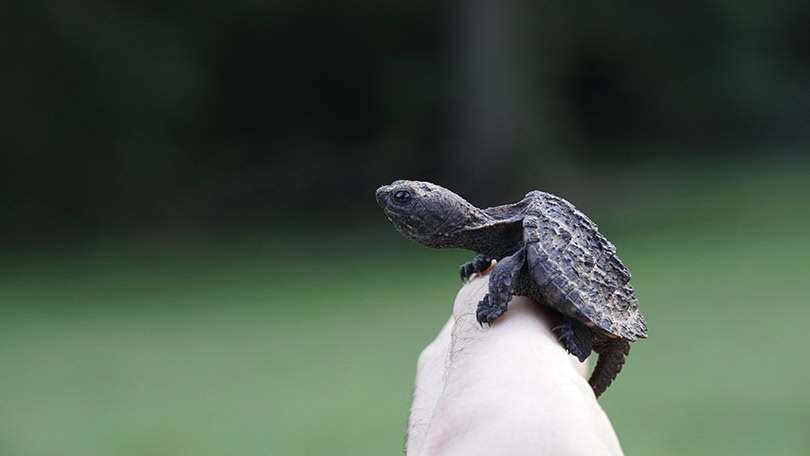
The egg chamber is usually deep in the ground, making it difficult for a hatchling to escape from single handedly. After a successful incubation period, hatchlings break free from their shells, stimulating the others to emerge from the eggs.
Once every hatchling is outside their shells, they climb over the eggshells to help propel them to the top of the egg chamber. Then the baby turtles at the top of the egg chamber help scratch away the sand to make an exit.
Turtle hatchlings usually emerge in masses at once to increase the chance of breaking free. They also do so to increase survival rates because multiple baby turtles can distract would-be predators – though some would be eaten, this would give others the chance to escape to sea.
After a successful hatching, they locate the sea and move to their new home.
Freshwater turtles often have a similar hatching process, except they don’t make a break for the sea. Instead, they are born fully capable of caring for themselves. However, they are somewhat vulnerable to predators and often instinctively hide as soon as they’re born. They also tend to make a break for bodies of freshwater if possible.

Summary
The precise specific descriptions of turtle eggs and nests may vary according to the species in question. However, broadly speaking, turtles make funnel- or flask-shaped nests in the ground (in the form of a hole), within which they lay circular or sometimes elongated eggs.
Unless you are instructed to do something to a turtle’s nest by a relevant governing agency, it’s best to leave them alone and undisturbed until incubation completes. Turtles are born fully independent and able to fend for themselves.
- You may want to read next: How Much Does a Turtle Cost?
Featured Image Credit: Jarib, Shutterstock
